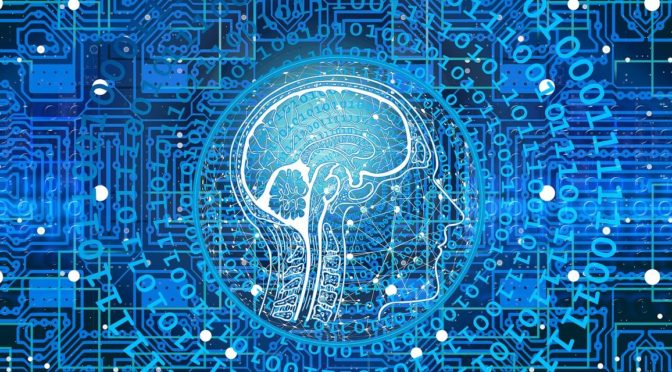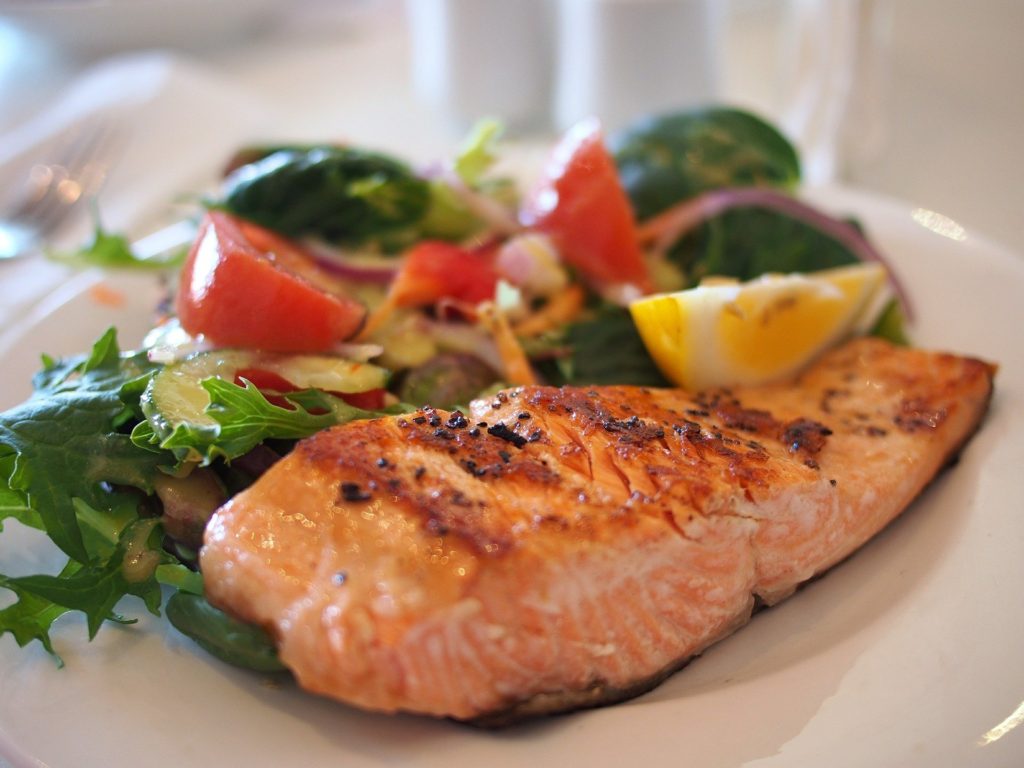Obesity, often known as being overweight, is detrimental to one’s health. Obesity disrupts your daily life and health on a larger scale, and it is a problem that many people experience throughout the world. Losing weight is the long-term approach to living a disease-free life. Weight loss objectives can be met in a variety of methods. Obese persons can benefit from the best intermittent fasting for weight loss, exercise, diet regimes, and medical therapies. Intermittent fasting is one of these treatments that has gained popularity in recent years among overweight persons. Yes, many obese persons explore intermittent fasting as a weight-loss technique.
Fasting for Weight Loss
Intermittent fasting has been a popular health fad in recent years. Fasting for brief periods of time can assist obese persons to lose excess body fat. Fasting allows people to consume fewer calories of food, resulting in long-term weight reduction.
Aside from weight loss, intermittent fasting aids in the reduction of diabetes and cholesterol. This fasting approach improves heart health.
What is Intermittent Fasting?
When we fast, we may come across several diet programs. Yes, diet programs emphasize what to eat, avoid, and how much to eat. Intermittent fasting, on the other hand, is all about timing. It’s “when not to eat,” otherwise.
Intermittent fasting is a dietary practice that involves eating normal meals in between specified fasting intervals. Yes, it is a productive way to reduce weight by improving your metabolic rate. This method allows a person to live a longer life.
Intermittent fasting is the practice of going on regular or short-term fasts. It also involves a period of eating very little food or no meals at all. Fasting and eating cycles feature intermittent fasting.
When it Started:
Many researchers have reported their findings from years of intermittent fasting. Yes, the study shows that humans can go for lengthy periods of time or even days without eating.
During primitive times, hunters and gatherers might go for days without eating. These folks struggled for several days without eating and were interested in hunting before agricultural practice began.
Many years ago, say seventy years ago, individuals lived a healthful lifestyle that did not necessitate weight loss. Yes, in previous years, there was no television or other distracting means for individuals to stay up at night.
As a result, after taking a reasonable amount of food, they were forced to sleep after nightfall. Furthermore, the people’s lifestyles were lively and busy, requiring physical labor. As a result, they remained healthy with the proper BMI.
As a consequence of technological advancement, the days have changed, as have people’s lifestyles. Yes, technology is consuming people’s time and health. Everyone in the modern world has access to entertainment 24 hours a day, seven days a week. As a result, people began to stay up late at night and began to munch excessively. Individual bodyweight began to grow as a result, eventually leading to obesity. Obesity impacted people’s health, thus diet management programs were created. Intermittent fasting is one of the diet options for obesity.
A sedentary lifestyle with little activity and lengthy periods of sitting may result in unfavorable health outcomes. Yes, our sedentary lifestyle paired with excessive snacking may be detrimental to our health. Heart disease, type 2 diabetes, and other disorders may have an impact on us. If we are regular enough in our fasting, we can reverse these health issues.

How and Why it Works:
Many individuals believe that intermittent fasting is an effective method for losing weight. If this technique is used, all people who begin the fasting method will be safe and healthy.
The science behind the fasting technique, on the other hand, is impressive. Yes, understanding the exact biological mechanism driving intermittent fasting can help you have a better understanding of the fasting technique before you start.
During the Intermittent fasting technique., individuals eat at a specific time, perhaps during an eight or ten-hour period. Individuals use this method to reduce weight while fasting. Because there is no food consumed during the fasting phase, an individual’s insulin level drops.
Our bodies’ fat-burning mechanism is activated when our insulin levels are low. When we have a low amount of insulin, our body cells are stimulated to release stored glucose.
Our activities are powered by the glucose that is produced in our bodies during fasting, and the fat burns off. The goal of weight reduction is achieved by repeating this process consistently.
Another advantage of fasting is that it consumes very few calories. Your body weight decreases as a result of reduced food consumption. Fasting allows your digestive tract to relax, which helps your body rejuvenate.
When you fast, your GI tract repairs itself. Because the stored fat is burnt instead of being stored, this process results in weight reduction. Do you want to get better weight-loss results? If so, you can combine some simple weight-loss workouts with the fasting strategy.
The intermittent fasting technique has been shown in several studies to reduce the aging process asides from other medical benefits.
5 Different Types of Fasting Methods:
Several fasting tactics can assist us in achieving our weight-loss goals. However, the five types of fasting procedures listed below are now common.
1. The 5:2 method
It’s a simple approach that’s free of intricacy. Yes, the method’s name may provide you with some insight into the fasting strategy.
Eating regular food content like before for five days a week is the main theme of this plan. You need not count your food calories for the five-day plan. However, your calorie count starts for the remaining two days of the plan.
You can plan your food intake to one-quarter of your daily requirements for the next two days. Yes, if you eat 2000 calories on the other five days, you may limit yourself to 500 calories on these two days.
This method, according to nutrition experts, is effective for accomplishing your weight reduction goals. This method reduces blood sugar levels for the consumer. This strategy is flexible because the meal composition and days are entirely up to you. There are no rules for you on those five days of the plan.
Are you ready to commence the 5:2 diet plan? If so, you can consult your doctor before you start. Women can consume 500 calories, whereas men can eat 600 calories.
The 5:2 strategy is one of the most effective ways to achieve your weight reduction objectives.
2. Eat Stop Eat
This fasting approach is intended for healthy eaters who need a boost. During this therapy, the client must fast for twenty hours every week. You may fast on any day of the week or two consecutive days if it is convenient for you. It is also known as “24-hour fasting.”
Only calorie-free liquids are authorized during this time; no food is permitted. You can resume your usual eating habits after fasting. On the other five days, experts advise consumers to eat a well-balanced diet and to avoid overeating.
Your body uses the fat stored for energy purposes during the fasting day. Fat utilization in your body occurs as a result of the metabolic shift process that occurs in your fasting process.
The eat-stop-eat approach restricts your calorie intake, resulting in weight loss. Regular workouts along with this food plan will yield the best results for weight loss.
A 24-hour calorie-free fast may cause substantial discomfort for the individual on this diet regimen. As a result, the individual must have the strength of character to resist the impulse to overeat after fasting.
Overeating can lead to a range of issues, including disordered eating habits. The temptation to overeat after a fast is a typical side effect of fasting for 24 hours without eating.
Before commencing this procedure, you should consult with a doctor to check your adaptability to this intermittent fasting method.

3. The Warrior Diet
Fasting for 20 hours every day, followed by a huge meal at night, is the fasting strategy involved in the Warrior Diet. When you eat dinner each night, two critical characteristics are prioritized. Yes, what you eat and when you consume are two things that you keep track of. You will need to prioritize nutrients in your diet in order to meet your body’s needs for typical activity.
During the fasting hours, an individual may have a few raw fruits or beverages. It also includes protein servings for those who desire them. These meals enhance a person’s energy level and promote the fat-burning component during a 20-hour fast.
Night eating encourages the body to create hormones necessary for a regular healthy existence. It also enhances alertness and energy levels in people. Individuals who consume at night burn more fat throughout the day.
The Warrior Diet assists people in achieving their weight loss goals. Many individuals like this strategy since it includes eating tiny snacks. However, it may feel tough to follow this diet plan because it involves a heavy meal plan at night after 20 hours of fasting.
4. Alternate-day fasting
The alternate-day fasting method is yet another intriguing intermittent fasting method. Yes, it is a simple method that should be remembered by all diet planners.
The plan structure of this approach is, as the name implies, fasting on alternating days and nonfasting on other days. One advantage of this approach is that you can eat anything you want on non-fasting days.
This fasting strategy works well if you combine it with exercise and a healthy diet. This strategy assists you in achieving the weight reduction technique’s aim.
Due to alternative fasting techniques following regular days of eating, the beginning of the fasting method feels difficult. According to experts, the person who follows the strategy should eat nutritious food high in protein and vegetables low in calories.
5. The 16/8 method
In our opinion, the best intermittent fasting for weight loss plan is this one; the 16:8 method. This method is yet another popular intermittent fasting for weight loss expectations. This method is the restriction of food and beverage consumption for eight hours a day and abstaining from food for the remaining 16 hours.
This method is flexible when compared to other methods. Yes, the individual can consume some calories for eight hours a day.
Many individuals stick to a diet plan from noon to eight in the evening and others may follow from 9 am. to 5 pm. Yes, you have the time plan to your convenience, and there are no strict rules and regulations on this plan. Asides from weight loss gain, this method helps in reducing blood pressure.
Who Should Fast:
Fasting is both safe and recommended for a wide range of people. It is not, however, safe for pregnant women or nursing moms.
People with diabetes, on the other hand, should avoid fasting without hesitation. Individuals under the age of 18 are discouraged from fasting. Fasting should be avoided if you have eating problems or chronic conditions.
Otherwise, intermittent fasting is beneficial to both healthy and obese persons. Individuals who want to lose weight can mostly benefit from intermittent fasting.
intermittent fasting is appropriate for the following people:
- living a nice life
- having the willpower to change one’s lifestyle in order to achieve one’s weight reduction objectives
- Having a tranquil existence with no frantic schedule since a busy life does not allow you to fast.
- Having a non-stressed leisure mentality
- Having a strong desire to lose weight
- a lack of significant sickness
- having no mental illnesses
Final Thoughts:
Individuals might reap more benefits from intermittent fasting if it is done appropriately. Yes, fasting has several advantages. It aids in the improvement of an individual’s memory, particularly verbal memory.
Other advantages of fasting include lower resting heart rate and fat reduction with increased muscle mass.
Finally, all readers of this text should be aware that the best intermittent fasting for weight loss has various impacts on different persons and each person is different.
Yes, depending on your health and thinking, you may have favorable or bad effects. As a result, when you first start intermittent fasting, you should always see a doctor.
Your doctor evaluates you to determine whether or not you are suitable for fasting. Indeed, you can choose the fasting method that suits you in all aspects. The health wealth lifestyle is for informational purposes only.














